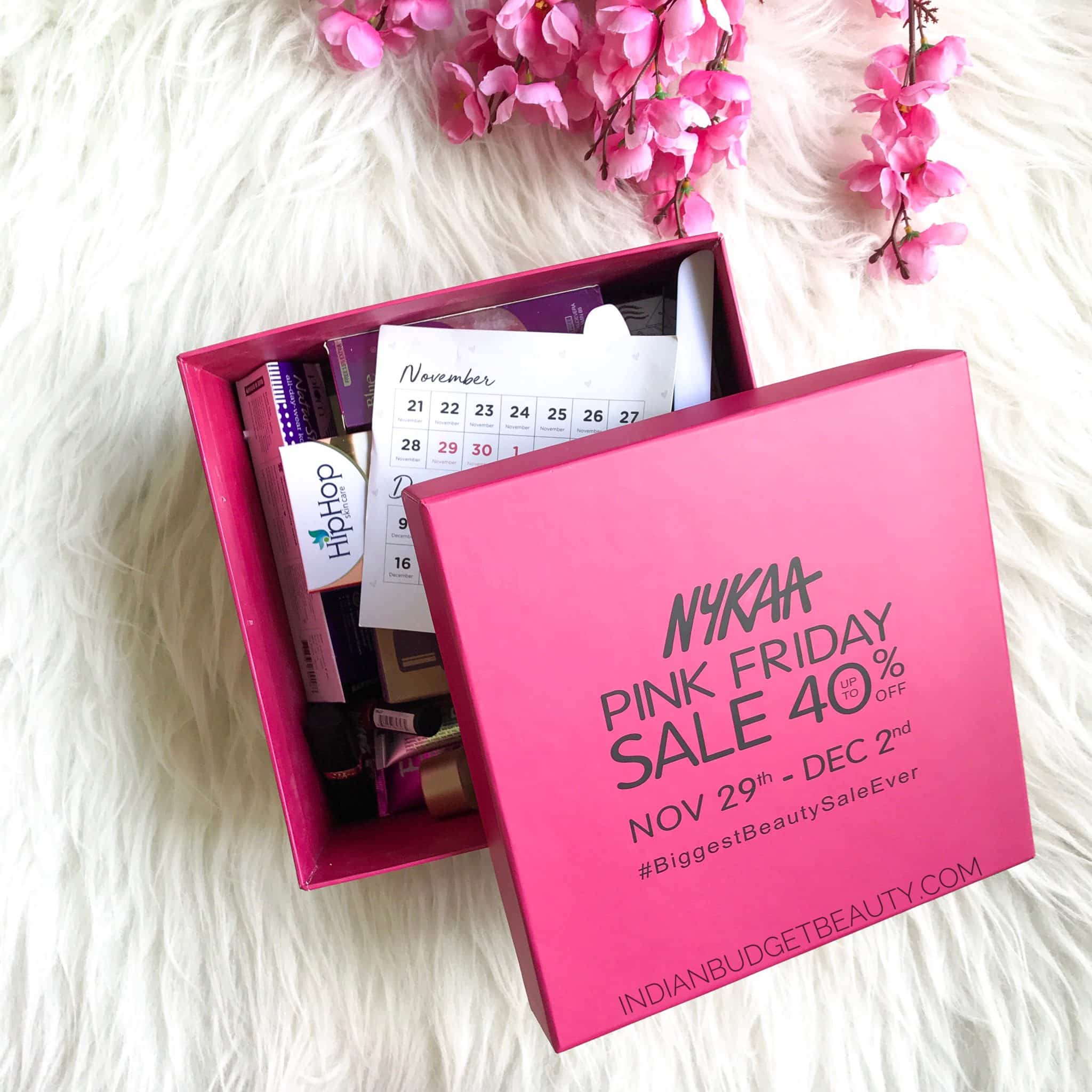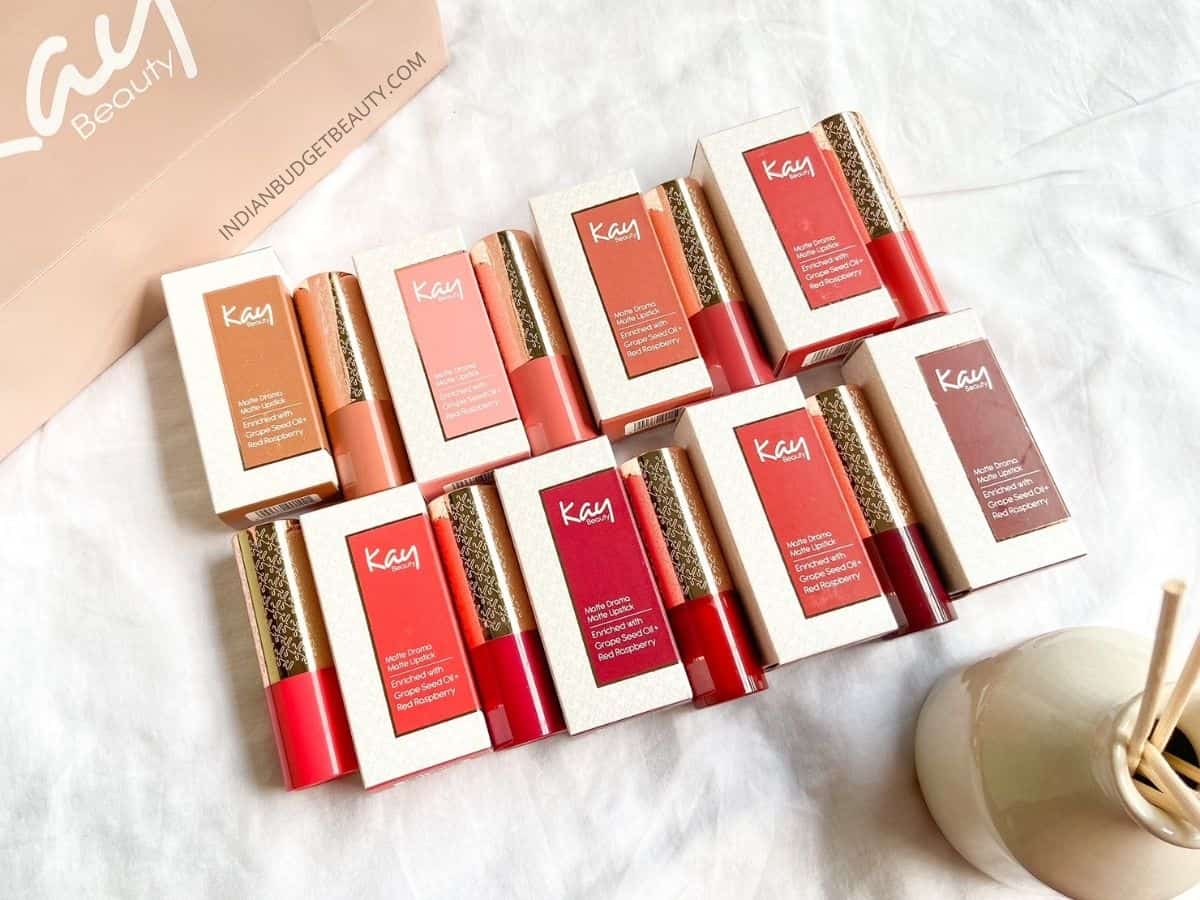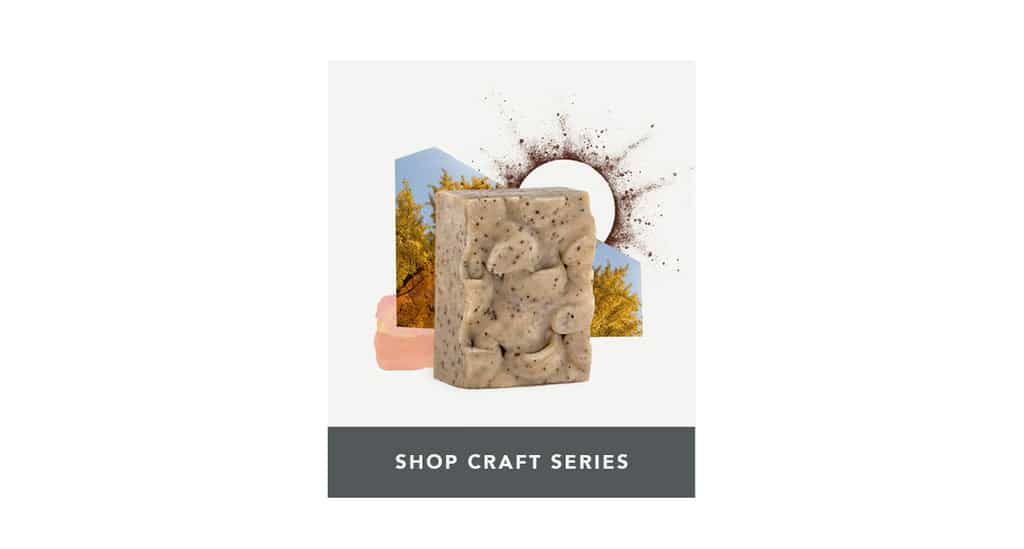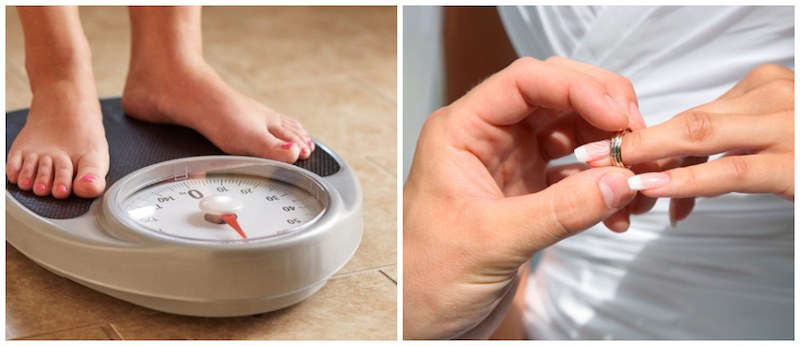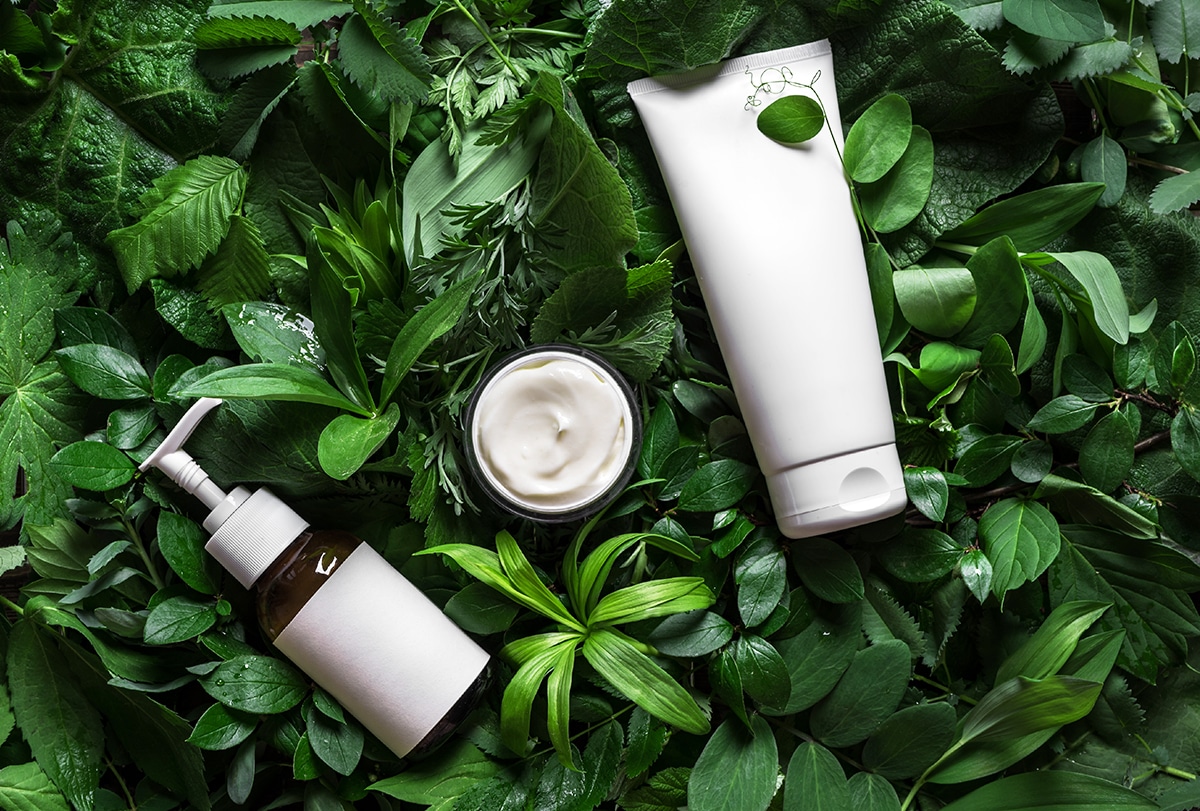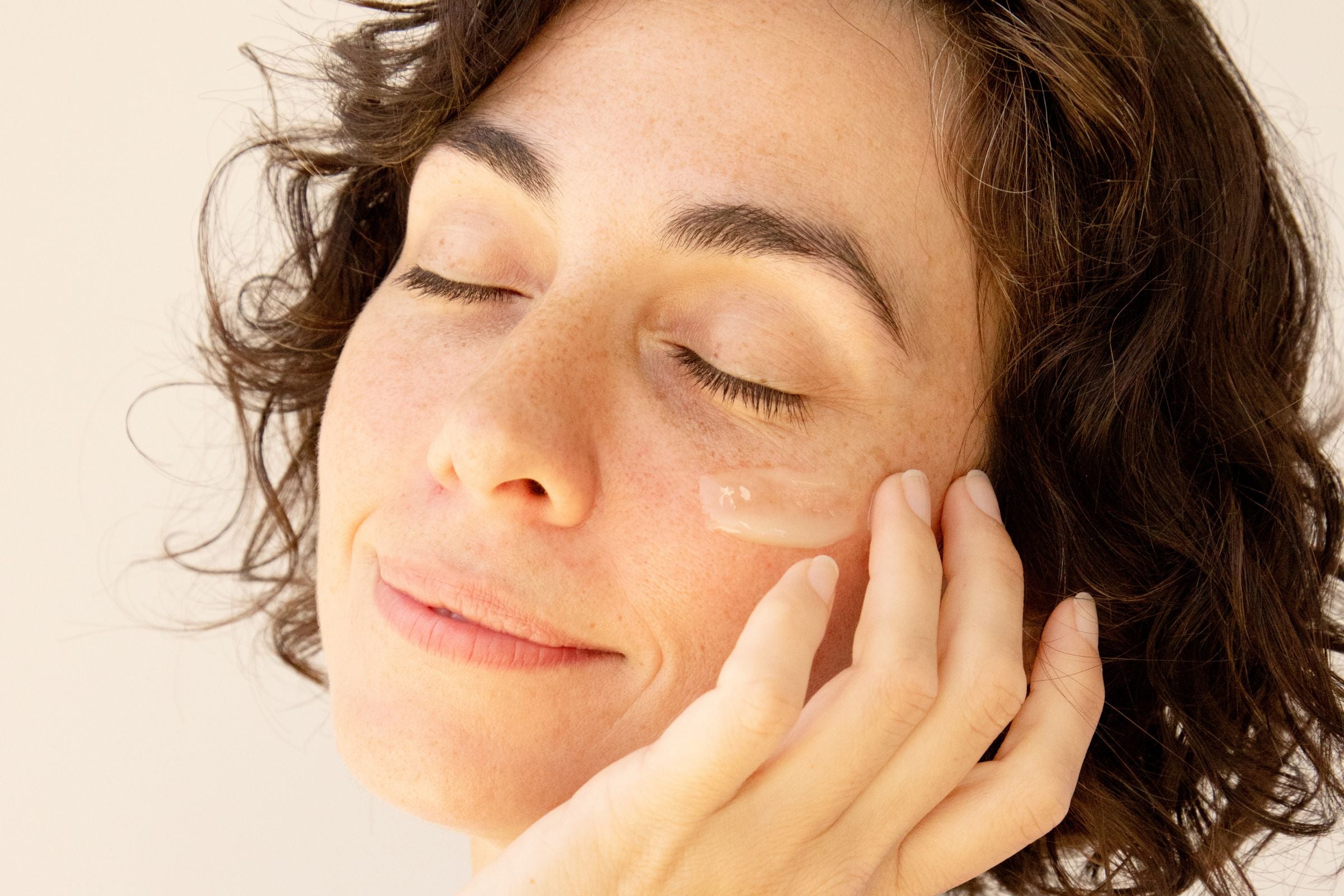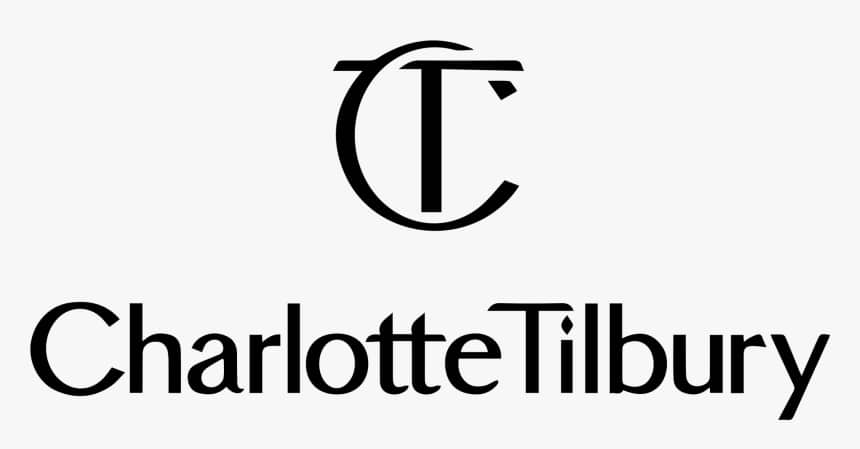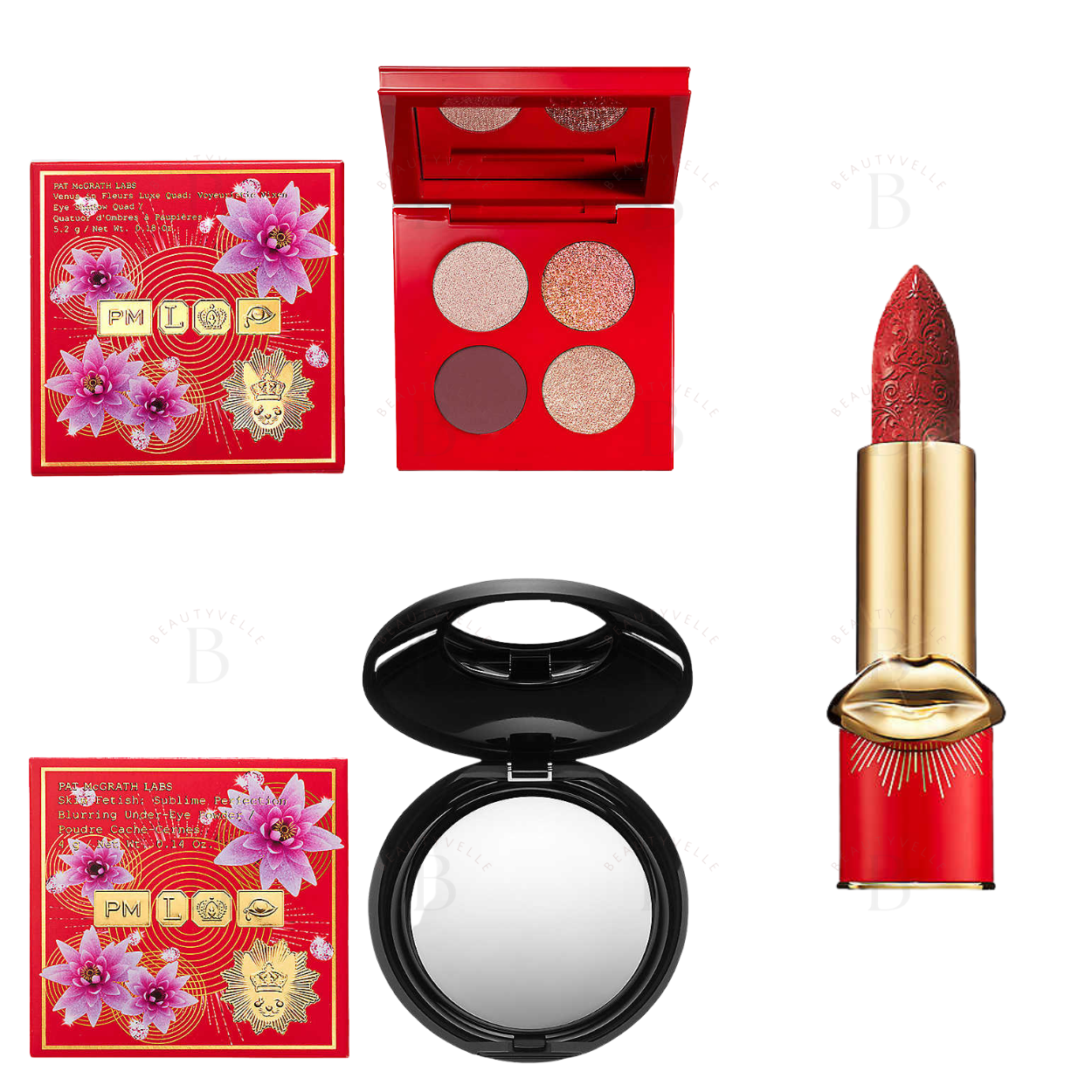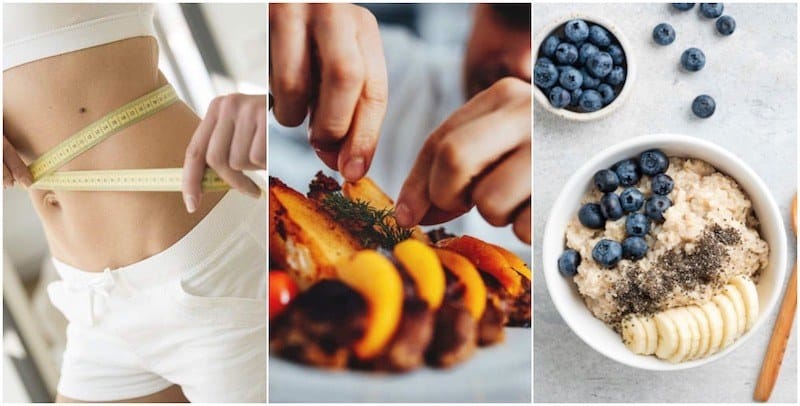Hey, Sunshine!
I’m usually requested the question, “What’s the best anti-aging issue I can do for my pores and pores and skin?” With out hesitation, the reply is SUNSCREEN. The photo voltaic is chargeable for roughly 80% of the indications of rising older. Blame it for sagging pores and pores and skin and wrinkles; brown spots (hyperpigmentation); white spots (hypopigmentation), and pores and pores and skin cancers. We love the feel of photo voltaic on our pores and pores and skin and that glamorous tan, nevertheless it’s truly a time machine on fast-forward. Actually, it’s unfair accountable the whole thing of the photo voltaic’s rays because of it’s the UV rays that are the true perpetrator.
So, what’s UV gentle anyway?
Ultraviolet(UV) gentle, what’s it? Originally, it’s a sort of electromagnetic radiation with enough energy to interrupt chemical bonds of each variety, along with residing tissue. Most of the ultraviolet gentle falls into wavelengths between seen gentle and X-ray, and it reaches the earth in wavelengths between 400 nanometers to about 180 nanometers. UVA, or near UV, has a wavelength of 315 – 400 nm, and UVB, or middle UV, has a wavelength between 280 – 315 nm. There’s even a third UV band known as UVC, or far UV, which is between 180 – 280 nm. UVB penetrates the very best layer of the pores and pores and skin (the dermis), and a suntan is a response to publicity to harmful UVB rays. UVA penetrates deeper and will injure residing tissue, paying homage to collagen and elastin. I contemplate it this fashion – UVA, A for rising older, UVB, B for burning.
Is there such an element as a healthful tan?
“Nevertheless I on a regular basis actually really feel extra wholesome after I’ve a tan!” That’s most likely because of your physique manufactured an outstanding dose of Vitamin D alongside the best way wherein. Vitamin D is made out of ldl ldl cholesterol when your pores and pores and skin is uncovered to sunlight. Photo voltaic publicity is the simplest solution to get Vitamin D because of it’s troublesome to get Vitamin D in substantial portions in meals. Nevertheless a tan is a sign of hurt afterthe hurt has been carried out. A suntan outcomes from the physique’s pure safety mechanism kicking in. Melanin, a pigment produced by cells throughout the pores and pores and skin, absorbs UV gentle and dissipates it as heat. When the physique senses photo voltaic hurt, it sends melanin into the encircling cells to help defend them from sustaining additional hurt, and this pigment causes the pores and pores and skin to darken and appear as a tan.
Clearly, everybody is aware of as soon as we’ve had “an extreme quantity of photo voltaic,” nevertheless the insidious part of that’s that radiation is bioaccumulative. With repeat publicity, we improve the damaging influence to our pores and pores and skin. For these of us who drive, have you ever ever ever noticed that you simply’ve bought additional hurt in your left side than your correct? We’re uncovered to UV gentle from many sources, along with our TVs and telephones! And I obtained’t even go into the dangers of tanning cubicles.
How do I get vitamin D with out photo voltaic hurt?
So, what are the best strategies to get Vitamin D and defend this fragile overlaying that’s our face to the world?
Correctly, clearly staying out of the photo voltaic helps, although UV rays penetrate glass and replicate off of surfaces, so it’s unattainable to stay away from altogether. Carrying hats does help, as does sun-protective garments as soon as we’re exterior. In the end, though, it’s sunscreens that are the best photo voltaicsecurity for our faces and palms that are on a regular basis uncovered to UV gentle.
Which sunscreen should I exploit?
Then the next question is, “Which are the best sunscreens?” In the end, it’s going to be the one you need basically essentially the most, which means that you simply’re additional doable to utilize it and use it usually. The US FDA recommends using broad spectrum sunscreens with SPF values of 15 or elevated. No sunscreen is good, and it have to be reapplied every two hours, or additional should you’re sweating or swimming.
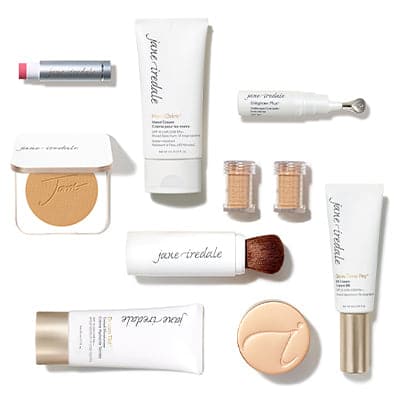
Chemical vs. bodily sunscreen parts, what’s the excellence?
The protection of sunscreen takes place on the ground of the pores and pores and skin, nevertheless some proof does exist that some sunscreen energetic parts is also absorbed by the pores and pores and skin and enter the physique.
You’ll usually hear there are two kinds of sunscreen energetic parts: chemical energetic parts and bodily energetic parts. Chemical energetic parts work by absorbing the photo voltaic’s rays, altering them into heat, then releasing the heat. Some people experience irritation with chemical energetic parts, and the prospect of irritation vastly will improve when utilized throughout the eye house.
We’ve on a regular basis chosen to utilize bodily sunscreen energetic parts: titanium dioxide and zinc oxide. Bodily sunscreen energetic parts come from minerals, and the minerals are too huge to be absorbed into the pores and pores and skin. The minerals lay on the ground of the pores and pores and skin the place they act like tons of of 1000’s of mirrors reflecting and refracting the photo voltaic’s rays. In the event you’re delicate to chemical substances, bodily sunscreens are good alternate choices, as they’re a lot much less susceptible to set off irritation in prospects.
We incorporate these parts into our SPF make-up pigment in order that they’re the ultimate layer you apply and by no means the first. Our sunscreens are moreover waterproof and reef-safe.
Last nevertheless not least, what SPF should I exploit?
And what SPF should you placed on? First, the SPF rating solely applies to photo voltaicsecurity from UVB rays. It’s important to seek for the phrases “broad spectrum security,” which contains UVA. All sunscreens with an SPF value increased than 15 provided throughout the US are required to be broad spectrum.
There’s a misunderstanding that the higher the SPF amount the upper. That isn’t true. An SPF 15 protects from 93% of UVB rays. SPF 30 protects from 97% of UVB rays, and SPF 50 protects from 98%. Difficult, however it certainly’s true. So, should you’re carrying a chemical sunscreen that claims a extreme SPF, you’re moreover carrying correspondingly additional chemical substances and getting little or no bang in your buck. My suggestion is to determine on a mineral base with an SPF from 20 – 30, then you definitely’re coated, truly and figuratively! And keep in mind, it’s important toplaced on sunscreen all 12 months spherical, sodon’t neglect to make use ofSPF throughout the winter!
Profit from the summer season!

